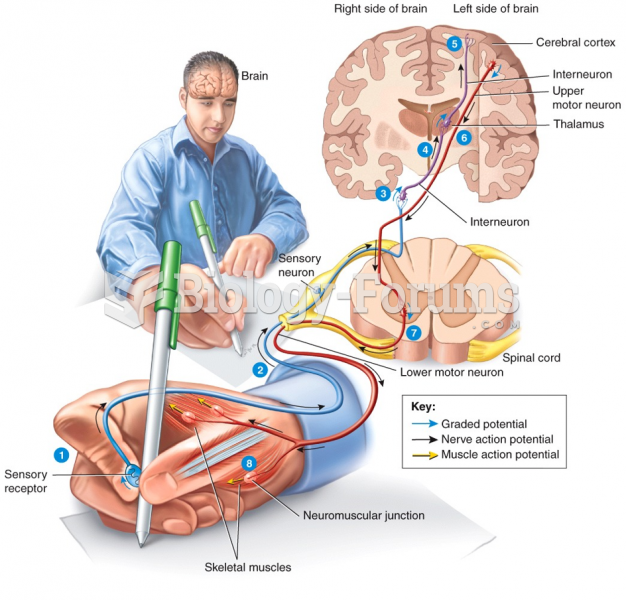Answer to Question 1
Liberals tend to defend affirmative action as being the most direct way to provide equal economic opportunity for everyone in society. It is also a way to protect minorities from the ongoing discrimination that exists in the United States. Conservatives tend to agree that equal opportunity should exist for everyone, but consider that putting race or sex ahead of a person's ability to do the work is reverse discrimination. Also, conservatives usually maintain that affirmative action stigmatizes the people who benefit from it because it suggests that race or sex, rather than merit, are responsible for their position.
It appears there is a trend towards eliminating or greatly curtailing affirmative action based on the growing conservative view, especially as more African Americans improve their class status. This is also supported by the passage of legislation by voters in California (Proposition 209 ) and Michigan (Proposition 2 ).
Answer to Question 2
American culture is highly likely to change in response to immigration from countries other than Europe, just as it has changed in the past when new sources of immigrants dominated immigration patterns. The new immigrants will meet opposition and provoke disorder, as have all immigrant groups before them, but they will also enrich American culture with new ideas, languages, cultural traditions, and a strong work ethic that is often more common among immigrants than among native-born Americans. Evidence of this change can be seen in the growth of the Latino population, the increase in Latino restaurants and stores, and the expansion of Latino festivals, the widespread publication of directions in Spanish and English, and the Spanish announcements at the local Wal-Mart. Asians have had a similar but not as diverse effect on American culture. Chinese restaurants were once confined to an urban Chinatown, but today they dot every medium-sized town in America and are common across larger cities. Along with Chinese food, Thai, Japanese, and Korean restaurants can be found in many cities.







